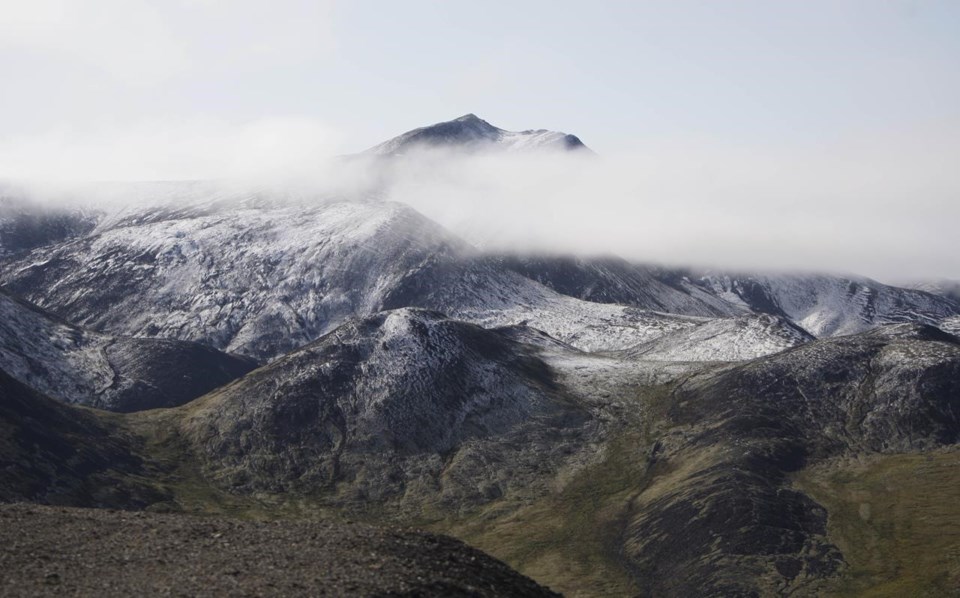WHITEHORSE — As climate change pushes some plants northward, a new study suggests several unique species in Yukon and Alaska could have nowhere to go.Â
The scientific paper, published late last month in the journal Diversity and Distributions, used models to predict how 66 plant species with origins in Beringia, an area where glaciers did not form during the last ice age because of dry conditions, could respond to changes in temperature and precipitation from now until 2040.
It found more than 80 per cent would shift north under immediate warming, moving more than 140 kilometres on average by 2040. More than 60 per cent of species were projected to experience habitat reductions, with some expected to lose nearly all suitable habitat within the next two decades.Â
"Overall, if you look at the big picture, our backyard is shrinking, not just for plants, but for other species as well," said Chrystal Mantyka-Pringle, co-director of the Wildlife Conservation Society of Canada’s northern boreal mountains program and one of the study's authors.Â
The plant species examined included herbs, shrubs and graminoids, or grass-like plants, that can be found on the tundra, sand dunes, river banks, wetlands and forests in Yukon and Alaska. Many of them can't be found anywhere else in the world.
Lead author Tobi Oke, a post-doctoral researcher with the Wildlife Conservation Society of Canada, said the loss of these plants could have broad effects on the area.Â
"If they are no longer there, the ecosystem is going to crash," he said.Â
The study suggests species on the western and northern edges of North America, Arctic tundra and vegetated tundra zones of most mountain ranges could experience the most drastic range losses due to climate change.Â
"The problem is they're already at the edge of the continent," Oke explained. "A lot of them, they're habitat specialists, so they only have a few spots that they can be."
Oke noted the region is already warming two to three times faster than the global average, and it's getting wetter in the winter. He said elevation is also a factor, with plants at higher elevations having limited space to move upward.
But not all plants in the region will have difficulty adapting to climate change. The study predicts up to 20 per cent of the examined species could expand their range by more than 100 per cent.
"There are winners and losers," Mantyka-Pringle said.Â
"But are we willing to lose 60 per cent of our endemic, unique plant species in a region due to climate warming? I don't think we are, and there's mitigation opportunities there."
Mantyka-Pringle and Oke both said the aim of the study is to raise awareness about the effects of climate change to help with land use and conservation planning. They noted scientists are working to identify more stable areas where at-risk plants could take refuge.Â
The Wildlife Conservation Society of Canada has a website dedicated to climate change effects in Yukon, and a publicly accessible data portal that maps how key species could be affected.Â
Mantyka-Pringle said it is  providing training for First Nations governments and other parties interested in the data.Â
"We know that we have a different tomorrow" due to climate change, she said.Â
"We're trying to advocate to have a bit of more proactive thinking and using science as a tool."
This report by The Canadian Press was first published Feb. 25, 2023.
- By Emily Blake in Yellowknife
This story was produced with the financial assistance of the Meta and Canadian Press News Fellowship.
The Canadian Press



